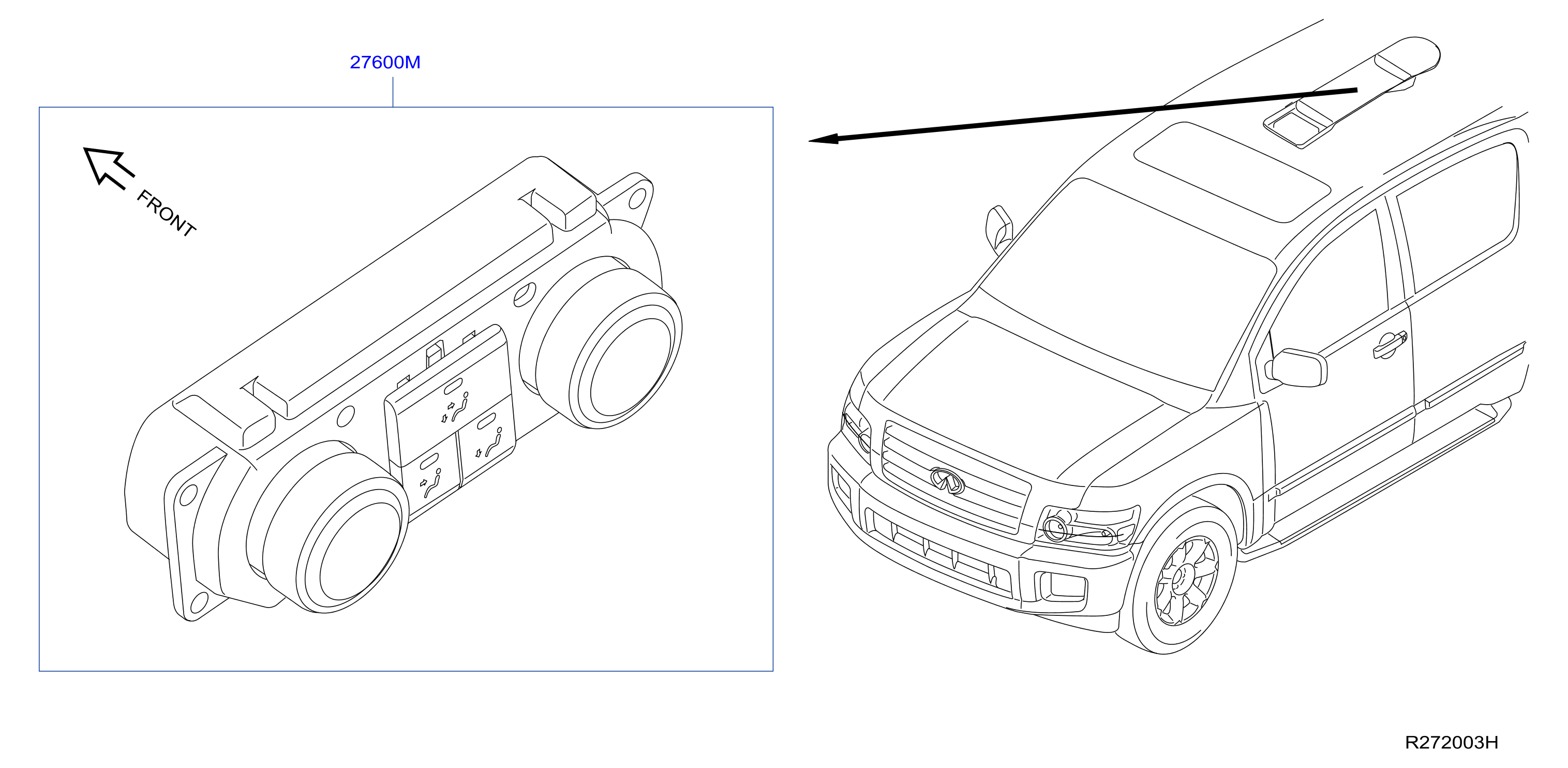
It enables continuous refinement of operations and cost-saving initiatives. The plant controller has chosen the following activity-based cost pools, cost drivers, and pool rates for the Zedan plant’s product costing system. Activity drivers assign activity costs to outputs based on individual outputs’ consumption or demand for activities. A cost unit may be expressed in terms of number, length, area, weight, volume, time, or value. By contrast, the “process cost center is a cost center which consists of a continuous sequence of operations.” A cost center in a company is formed by considering the convenience of cost accumulation, comparability, and cost control.
What are the benefits of activity-based costing?
These businesses have the responsibility of recording unit costs at the time of production and matching them to revenues through revenue recognition. As such, goods-centric companies will file unit costs as inventory on the balance sheet at product creation. When a sales event occurs, unit costs will then be matched with revenue and reported on the income statement. Companies that manufacture goods will have a more clearly defined calculation of unit costs while unit costs for service companies can be somewhat vague.
What Is the Formula for Total Variable Cost?
The four steps involved in activity-based costing (ABC) are described below. A financial professional will offer guidance based on the information provided and offer a no-obligation call to better understand your situation. Our writing and editorial staff are a team of experts holding advanced financial designations and have written for most major financial media publications.
cost of Production:
The electronics manufacturer can analyze and compare the packaging costs for different product lines using a cost unit. It can assess whether specific packaging designs are more cost-effective or explore options for bulk purchasing to reduce costs. The analysis empowers the manufacturer to make strategic decisions aligning with cost efficiency and profitability.

Does not consider revenue
ABC allocates indirect overhead costs according to how much a specific product, service or customer benefits from the overhead. It encourages managers to identify which activities are value-added–those that deliver the most benefit to specific products, services or customers. A production cost center refers to a cost center that is engaged in regular production (e.g. what is the gift tax in 2020 converting raw materials into finished products). A production cost center refers to a cost center that is engaged in regular production (e.g., converting raw materials into finished products). This cost forms the base level price that a company uses when determining its market price value. Overall a unit must be sold for more than its unit cost to generate a profit.
Understanding these costs lets you strategically decide the number of licenses to purchase and which pricing tier to target. Ultimately, it will maximize cost savings while meeting your operational needs. In this case, the unit price would be the cost per license within each tier. If the software company decides to acquire 300 requests, the price of a unit for the first 100 licenses would be INR 5000 each, and for the following 200 licenses, it would be INR 4500 each.
When the bakery does not bake any cake, its variable costs drop to zero. Fixed costs are expenses that remain the same regardless of production output. Whether a firm makes sales or not, it must pay its fixed costs, as these costs are independent of output. Variable cost and average variable cost may not always be equal due to price increases or pricing discounts. Consider the variable cost of a project that has been worked on for years. An employee’s hourly wages are a variable cost; however, that employee was promoted last year.
- It provides insights into the efficiency of production or service delivery.
- An employee’s hourly wages are a variable cost; however, that employee was promoted last year.
- It’s not just about crunching numbers; it’s about deciphering the intricate world of expenses that shape your organization’s operational landscape.
Now that we understand the basics, formula, and how to calculate cost per unit equation, let us apply the theoretical knowledge to practical application through the examples below. Avoid underpricing, which can erode profitability, and overpricing, which can deter customers. Affected by economies of scale, it may decrease as production volume increases. Efficient production processes driven by technology can substantially lower the cost of a unit.
Unit Cost, also known as per-unit cost or average cost per unit, is a financial metric that calculates the cost of producing a single unit of a product or providing a specific service. It is a fundamental concept in cost accounting and financial analysis used to assess the efficiency of production processes, make pricing decisions, and determine profitability. Unit cost is calculated by dividing the total cost of production or service by the number of units produced or services rendered. When the company is aware of its cost of production, it can decide its pricing accordingly by keeping a reasonable margin for profit. Thus, it gives the company a fair idea of making decisions concerning price and analyzing its current cost structure. If the product’s cost is higher than the usual, then the company shall analyze the root cause for the same and take corrective action.
Besides being crucial in shaping procurement strategies, it also helps forge mutually beneficial partnerships with your vendors. The metric holds the key to optimizing procurement decisions and negotiating contracts. Variable and fixed costs play into the degree of operating leverage a company has.